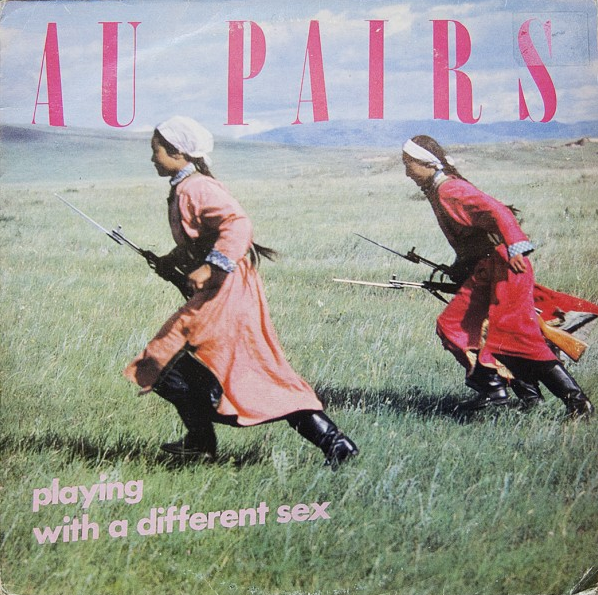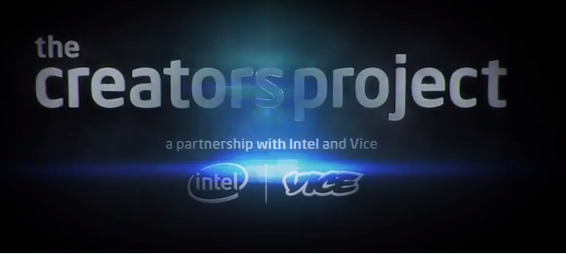She Knew She Was Right
Cassandra by Anthony Frederick Sandys
I once shared an office with a young planner who was fiercely intelligent, but a little socially awkward. I would overhear her conversations with assorted colleagues, discussing strategies, briefs and work. I noticed that she consistently held the more insightful, interesting, authoritative opinions. But, equally consistently, she failed to persuade her partners of the rightness of those opinions.
She was like Cassandra who, according to Greek myth, was gifted with prophetic skills but cursed never to be believed. Poor Cassandra. Her entirely accurate predictions were endlessly rebuffed by her fellow Trojans and, ultimately, she failed to convince them that there were Greeks hiding in the Trojan Horse. It’s a failure that led to the fall of Troy. It must all have been very irritating for her.
I became aware that the young planner was getting a little frustrated herself. She knew she was right. And she couldn’t understand why her colleagues didn’t see what was just so very obvious to her. I had to take her to one side and explain: it’s not enough to be right; you need to persuade others that you are right.
This is not an uncommon problem. On any given working day, one encounters many intelligent people equipped with their own right answers. Being intelligent, or even being right, does not guarantee any kind of success.
We work in the persuasion business. And before we can begin to persuade consumers, we need to persuade each other. Often the people that thrive in our industry are just very good at getting people on board with an idea, building a shared argument, evolving its articulation, accommodating other points of view. They mould a plan until they have built consensus and momentum. Persuasion is an art which is every bit as precious as the analysis and creativity that we so often celebrate.
Persuasion begins, of course, with a distinctive personal gift: charisma. Most people are persuaded because they are charmed by the persuader.
Persuasion is also a two-way process. You’ll never persuade anyone if you don’t listen to them: listen to their ideas, to their responses, to what they don’t say as well as to what they do. As Robert Mitchum says in the definitive film noir, Out of the Past, “I never found out much listening to myself.”
And persuasion is much more difficult when it seeks to establish absolute, definitive truth. In John’s Gospel, Jesus is brought before Pontius Pilate and interrogated. He tells Pilate that: “Everyone who is of the truth hears my voice.” Pilate simply replies: “What is truth?” It’s a fabulously elusive response. Is Pilate genuinely inquisitive, sceptical, cynical or just world-weary?
Perhaps part of the young planner’s problem was that she believed there was only one answer, that there was only one truth. In fact, in communications at least, there are many answers, many truths. The challenge is to find an answer that everyone, colleagues, clients and consumers alike, can agree on.
Inevitably, Cassandra suffered a wretched end. Hauled off to Mycenae as a spoil of war by the victorious Greek King Agamemnon, she was murdered by Agamemnon’s resentful wife and her lover. I’m happy to report that things turned out a little more favourably for the young planner. Many years after she left BBH, I discovered that she had settled in the States and established herself on a very successful career in strategy. She knew she’d been right all along.
First published: YCN Magazine 08/12/2014
No. 28












